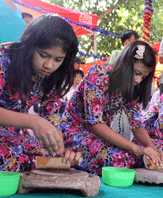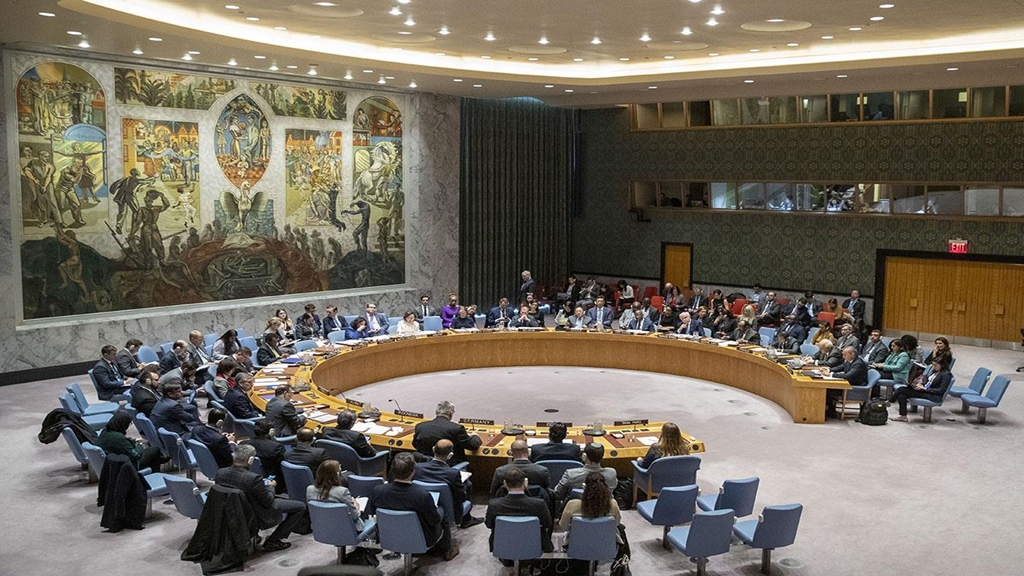Who are Burma’s minority groups?
- 18/11/2010
- 0
More than 40% of people living in Burma belong to one of the military-ruled nation’s different minority groups. The government recognises eight distinct ethnic groups, with dozens of sub-groups, but refuses to acknowledge others.
As the country holds its first elections in 20 years, the BBC profiles some of the main minority groups. Click on each image to find out more.
Karenni

The Karenni are a branch of the Karen ethnic group – their name means the Red Karens. They live in Kayin (Karenni) state, one of the least developed areas of the country. Like many groups the Karenni have suffered attacks and have been forcibly removed from their land. Rights groups say this is an attempt by the army to seize their region’s natural resources.
Kachin

The Kachin, originally thought to have come from Tibet, encompass several smaller ethnic sub-groups. They are primarily Christian, having been converted by American Baptist missionaries in the 19th Century, and have a strong clan-based social system. The Kachin Independence Organisation (KIO) has a ceasefire agreement with the government and has administrative control over the region. It is enormously popular within the state, running schools and hospitals. But it maintains an armed wing which it says has more than 10,000 troops and is ready to fight.
Chin

The Chin were originally animist but mostly converted to Christianity in the 19th Century. Numbering about 1.5 million, they live mostly in the remote Chin state, close to the border with India. Human rights groups have warned they are one of the most oppressed ethnic groups in Burma, facing religious persecution and violence at the hands of both the national and the Chin ethnic armies. They also face acute food shortages and those who escape to India are often repatriated.
Wa

The Wa live primarily in the self-administrative division of Shan state. They have close ties with China and many use Mandarin as a second language. The Wa follow traditional animist religions although some have converted to Christianity. The Wa area is largely controlled by the United Wa State Army (UWSA), one of the most powerful of the ethnic armies, with some 30,000 in its militia. A ceasefire agreement with the junta has enabled it to gain control over a large area. It makes huge profits from drug and weapons production and smuggling.
Rohingya

The mostly Muslim Rohingya are considered one of the world’s most persecuted minority groups. Burma denies them citizenship and they cannot own land, vote, travel or marry. They have suffered well-documented abuse and forced labour at the hands of the military. Hundreds of thousands have fled to Thailand or Bangladesh, where they have ethnic ties, but have often been forced back over the border. Some have been forcibly been sent out to sea.
Shan

The Shan are the largest of Burma’s ethnic minorities, numbering an estimated 6 million. They are spread across the large Shan state and into Kayah (Karen) and Kachin states and the central Mandalay division. The Shan are mostly Buddhists, have their own language and script and have close links to the Tai ethnic groups in south-western China. At one point, Shan state was producing about half the world’s opium, controlled by the Shan warlord, Khun Sa. The Shan are represented in the election by the largest of the ethnic parties, the Shan Nationalities Democratic Party.
Mon

The Mon are thought to be one of Burma’s oldest ethnic groups and to have brought Buddhism to the country. Most Mon still follow the religion. They live mostly in the south of the country but have close links with Thailand and the Khmer in Cambodia. The New Mon State Party (NMSP) has a ceasefire with the junta giving it some control over the state, but analysts say the movement has been weakened by internal divisions. Ethnic Mon are reported to suffer regular attacks by junta troops.
Karen

The Karen, Burma’s second largest ethnic minority, fought alongside the British against Japan in WWII. They were promised an independent state in return but this never happened and they have since been viewed as collaborators by the majority Burman government and have faced brutal repression. As a result, tens of thousands of Karen, many of whom are Christian, have fled their homes and live abroad or in hiding. While many Karen still live in Kayah (Karen) state, they are widely dispersed, making political representation more difficult.
Rakhine

Rakhine people make up the majority in Arakan state and are thought to constitute about 5% of Burma’s population. Rakhine people also live in southern parts of Bangladesh and are mainly Theravada Buddhists. Several ethnic Rakhine parties are contesting the elections, the largest of which is the Rakhine Nationalities Development Party.
Update 28 October 2011: The map on this story has been updated to include a section on the Rakhine people. We have also changed the text to make a distinction between ethnic groups and minority groups.
Source :BBC








